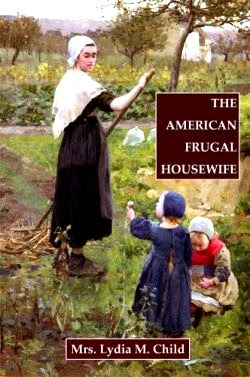Fast Rise Breads with Your Mixer
I have been
baking our daily bread for 50 years…and in that time I have tried every
innovation to make it easier and faster and still get great results. I think that fast yeasts, Instant or Bread
Machine yeasts, have made the most difference, cutting bread making time almost
in half with no loss of that yeasty, nutty flavor and texture, and it doesn't need to be "proofed" first, but can be added right to the dry ingredients.
We make a
variety of sandwich-style breads for toast and sandwiches. I can make a simple 24 ounce loaf of white
bread for about 50¢; and that’s using expensive, but delicious butter for the
fat. I usually make a whole-grain loaf
of some type, as well as hamburger and brat buns, dinner rolls, and the like regularly. No long list of chemicals in our breads; just
wholesome, simple ingredients.
I have gotten my regular bread baking to under 2 hours from start to
finish, and that includes mostly waiting for the bread to rise and
bake. Here are some hints to help make
bread-making a lot easier than when I started making it years ago.
Instant and Bread Machine yeast are the same, and have
really shortened my bread-making time. I
buy 1 pound packages of Fleischmann’s Yeast at Sam’s very reasonably, the
little packets cost a fortune for regular bread bakers. Saf is another good brand of instant yeast.
The
advantages of the fast yeasts, is that no proofing is needed, and the first
rise is only a rest for 10 minutes, not an hour! At first, that seemed unbelievable, but the
results are excellent. The short rest
means you don’t have near as many big bubbles to get out before you shape your
dough into loaves or rolls.
The mixer does the kneading.
After blending in all the flour, I change to a dough hook to knead my
dough. For most bread, 6 minutes with
the dough hook gives good results. For
sweet dough, I usually use 4 minutes.
Yes, I can and have kneaded my bread by hand, but after 50 years, I’m
happy to let the mixer do the work.
I let my dough rise right in the mixer bowl. If you cover it tightly with a silicone cover
or plastic wrap, you don’t even need grease the bowl or pan, it will scrape
right out. I then use a little soapy
water in the mixer bowl to wash up my beaters, scrapers, etc.
The second rise, after shaping your loaves or buns or rolls,
is also usually shorter than with active dry yeast, just until it is
doubled. Remember that they will also
rise in the oven, called “oven-spring”.
Here are the steps to convert
your older recipes to this method.
Set aside 1 cup of regular flour from
the total amount. Mix the remaining flours and other dry ingredients, including the instant yeast, in your mixer bowl.
Heat the fat and other liquids (except eggs) until hot to the touch
(120-125°) with an instant read thermometer. (Some yeast directions call
for up to 130°, I don’t like to get that hot…I don’t want to kill my
yeast.) I usually use
my microwave and a glass measuring cup for this. A minute to a minute and
a half frequently is sufficient, and a good starting point. If the recipe calls for "proofing" the yeast in water, add that water to the other liquids.
Stir the liquids into the dry mixture.
Add the eggs if called for in the recipe.
Mix in only enough reserved
flour for the
desired batter or dough.
Change to a dough hook and knead or knead by
hand.
Cover the dough tightly and let
rest 10
minutes. This is the “first rise”.
Shape dough or stir down the batter.
Cover; let rise until doubled in size. Most dough
will require less than the normal rising time.
Bake as the recipe calls for.
Remember, all of these recipes can be
made by hand if desired. I certainly
made them that way for years.



















Well who woulda thunk it!? I always figured that the rules for making bread were written in stone. And what a boon the newer "artisan" quick rising breads were! Well, now you blow all those rules right out of the water! And I for one, thank you! I am going to save this post and refer to it often, until I get my rules adjusted! Thanks very much!
ReplyDeleteWell, these ideas are from some of my older yeast company books, and some are my own experience, but many "bread snobs" think you should do everything the hard way...I'm not a purist...I want good bread made efficiently, it's not a hobby for me, it's a regular routine.
DeleteI'm with you!
Delete